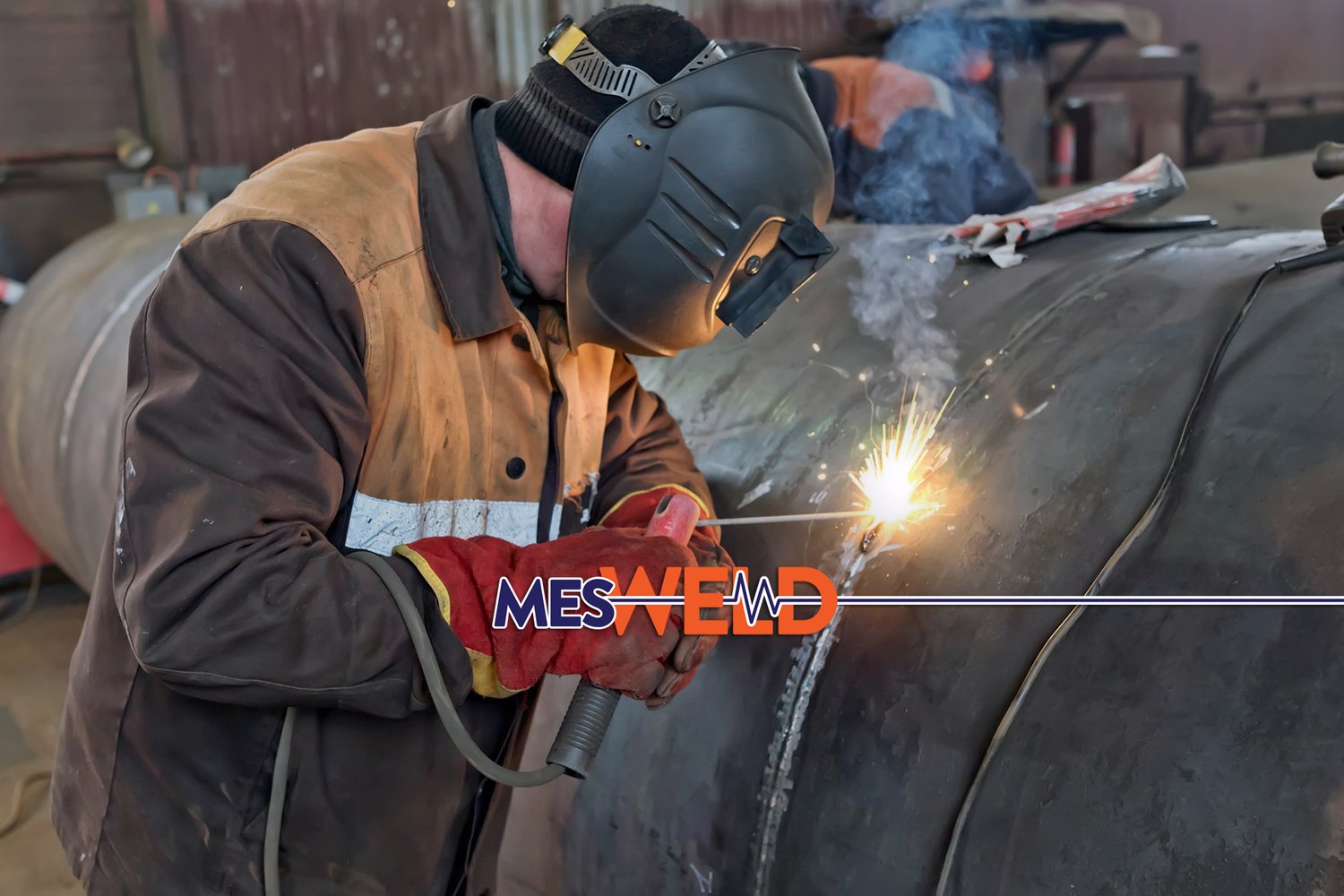Checking Out Advanced Tools and Approaches for Accurate Welding Evaluation
In the realm of welding examination, the pursuit of precision and integrity is vital, spurring the growth of sophisticated devices and approaches. Technologies such as phased variety ultrasonic screening and electronic radiography are reinventing defect detection, supplying unmatched precision in defining welding problems. Furthermore, laser scanning advancements and automated inspection systems, furnished with expert system, are redefining the landscape by reducing human error and boosting precaution. As these innovative methods continue to progress, they guarantee not just to transform inspection practices yet also to increase interesting inquiries about the future of quality control in industrial applications.
Ultrasonic Checking Technologies
Ultrasonic screening developments frequently stand for the center of innovations in welding examination modern technologies. These technologies have dramatically boosted the capacity to discover and evaluate stoppages within bonded structures, guaranteeing boosted honesty and security - Welding Inspection Madison. Ultrasonic testing utilizes high-frequency acoustic waves to penetrate materials, supplying in-depth info about interior features without causing damage. The most recent advancements in this field have actually concentrated on raising accuracy, speed, and the capacity to interpret complicated data.

Furthermore, advancements in software algorithms for data analysis have improved the precision of flaw detection and sizing. Automated ultrasonic screening systems now provide high-resolution imaging, enabling detailed analyses of weld top quality. These systems are frequently integrated with sophisticated visualization tools, which assist in the analysis of outcomes.
Radiographic Assessment Techniques
While ultrasonic screening technologies have actually set a high criterion in non-destructive exam, radiographic assessment methods remain to play an essential function in welding evaluation by providing distinct insights into material honesty. Radiographic screening (RT) uses making use of X-rays or gamma rays to permeate products, producing a radiograph that aesthetically represents the inner framework of a weld. This imaging ability is important for finding subsurface defects such as porosity, incorporations, and fractures that might not show up with surface inspections.
The procedure includes placing a radiation resource on one side of the weld and a detector on the opposite side. Variations in product thickness and thickness affect the attenuation of the rays, producing a contrasting photo that specifically marks defects. RT is especially helpful for inspecting thick areas and complicated geometries where other techniques might fall short.
In spite of its efficiency, radiographic inspection must be conducted with stringent adherence to safety and security procedures as a result of the harmful nature of ionizing radiation. The interpretation of radiographs calls for knowledgeable personnel, as the high quality of the analysis straight impacts the dependability of the assessment. Subsequently, continuous improvements in digital radiography are enhancing picture clearness and interpretation effectiveness, strengthening RT's vital function in making certain weld quality.
Laser Scanning Advancements
Accepting laser scanning technology in welding assessment has changed the analysis of weld top quality and honesty. Unlike standard evaluation strategies, laser scanning gives fast data procurement, substantially enhancing the performance and precision of weld evaluations.
Laser scanning developments have actually led to substantial renovations in characterizing and identifying surface area imperfections such as porosity, lack of fusion, and damages. The high-resolution information enables inspectors to perform detailed analyses, guaranteeing that welds satisfy rigorous market requirements. This technique supports the growth of digital documents, assisting in long-term top quality assurance and traceability.
Additionally, laser scanning modern technology integrates seamlessly with software program services made for automated flaw detection and evaluation. The resultant information can be quickly shared and reviewed, promoting collective decision-making processes. As markets remain to require greater standards for weld high quality, laser scanning remains at the leading edge, offering unmatched accuracy and effectiveness in welding assessment.
Automated Inspection Systems

Automated assessment systems use the benefit of uniformity, eliminating human mistake and subjectivity from the examination procedure. They are made to run in different environments, from manufacturing floorings to remote field websites, making certain extensive coverage. Welding Inspection Madison. These systems can be set to comply with details welding site here requirements and criteria, giving in-depth reports and documentation for quality assurance functions
Additionally, the combination of cloud-based platforms assists in the storage and evaluation of huge amounts of assessment data. This makes it possible for pattern evaluation and predictive upkeep, permitting manufacturers to resolve prospective issues prior to they escalate. The adoption of computerized evaluation systems is a pivotal step in the why not check here direction of enhancing the integrity and effectiveness of welding procedures in industrial applications.

Enhancing Safety and Efficiency
A considerable element of enhancing safety and efficiency in welding inspection lies in the assimilation of cutting-edge modern technologies that enhance procedures and mitigate risks. The adoption of innovative non-destructive screening (NDT) methods, such as ultrasonic testing, phased array ultrasonic screening (PAUT), and radiographic screening, plays a crucial duty in making certain architectural stability without endangering the safety and security of the employees included. These techniques permit detailed evaluations with minimal downtime, reducing possible hazards linked with standard methods.
Furthermore, the implementation of real-time information analytics and artificial intelligence algorithms has transformed the means inspection data is interpreted. By using predictive analytics, prospective problems can be recognized before they show up right into important failures, ensuring prompt treatments and upkeep. This positive approach dramatically boosts functional efficiency and safety and security in welding processes.
In addition, remote examination technologies, consisting of drones and robotic spiders equipped with high-resolution video cameras, allow inspectors to examine hard-to-reach locations without exposing them to dangerous problems. This not just improves examination precision but likewise decreases human threat. By leveraging these advanced tools and approaches, sectors can achieve higher safety requirements and functional performance, ultimately resulting in more reliable and sustainable welding evaluation methods.
Final Thought
The assimilation of innovative tools and methods in welding evaluation considerably boosts issue detection and ensures architectural stability. These improvements not only enhance evaluation efficiency but also add to improved safety and security and top quality guarantee in industrial welding applications.

Ultrasonic testing innovations frequently stand for the forefront of improvements in welding evaluation modern technologies.While ultrasonic testing technologies have established a high criterion in non-destructive evaluation, radiographic assessment techniques continue to play an essential duty in welding evaluation by supplying unique understandings into product honesty.Embracing laser scanning modern technology in welding evaluation has actually revolutionized the evaluation of weld high quality and integrity. As markets proceed to require higher requirements for weld quality, laser scanning remains at the leading edge, supplying unequaled precision and effectiveness in welding assessment.
Automated examination systems offer the benefit of uniformity, eliminating human error and subjectivity from the evaluation procedure.